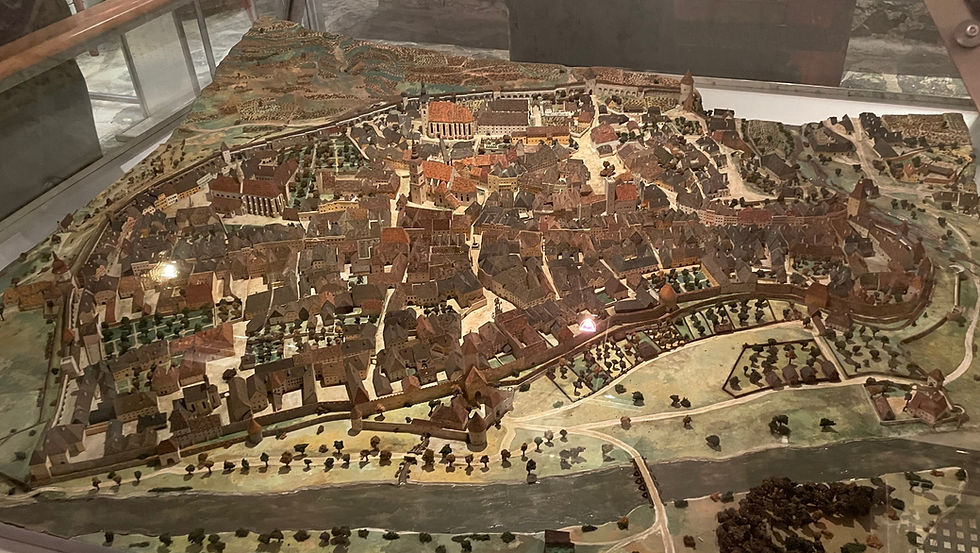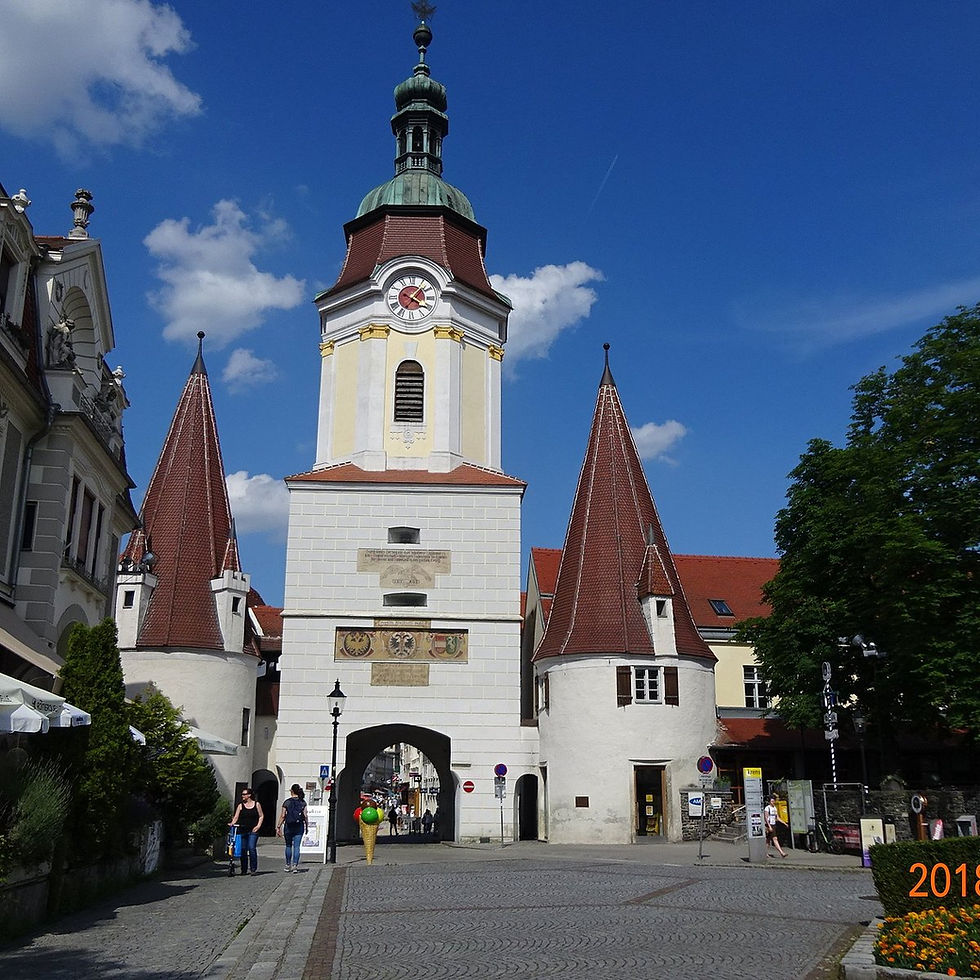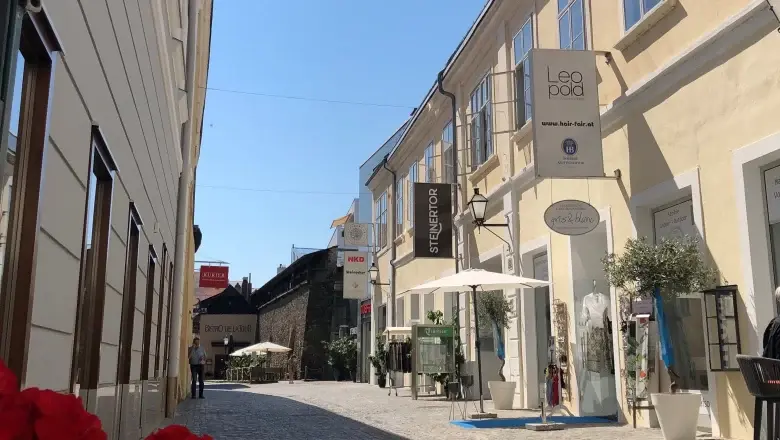
Comparison - Hilla Niethammer
The story speaks for itself. Do Hamburg and Krems share similar pasts?
At first glance, Hamburg and Krems do not have much in common.
But if you go back in history a little, to the beginning of both cities, you will see the same structure with the same thought.
Hamburg was also surrounded by a wall in the 8th century. The wall was called the Hammaburg. It was also considered a defensive structure and was also located on a river, the Elbe.
The end of the Hammaburg is assumed to be around 1000 a.d. The Hammaburg was demolished and the defensive function was taken over by a new system.

The city of Krems was previously surrounded by a city wall. The wall was built by merchants and craftsmen in the 10th century. It was situated on a hill to serve as a defensive fortification. The location on the river helped the inhabitants to trade, which meant wealth.
In 1857, Emperor Franz Joseph I decided to demolish the city walls of Vienna to improve his place view and allow for future developments; other Austrian cities followed this example. This was also the case in Krems. The existing walls were considered outdated, and no longer provided the protection they once did and, above all, more space was needed for the growing population.
The Steiner Tor is the landmark of Krems and the only remains of the four former city gates.

Unfortunatly there is nothing left of the Hammaburg today.
But in Krems, the Schwedengasse offers an impression of what it must have looked like behind the wall. Because the Schwedengasse, just behind the Steiner Tor, runs along the former city wall. Likewise, the Steiner Tor remains as a landmark.

